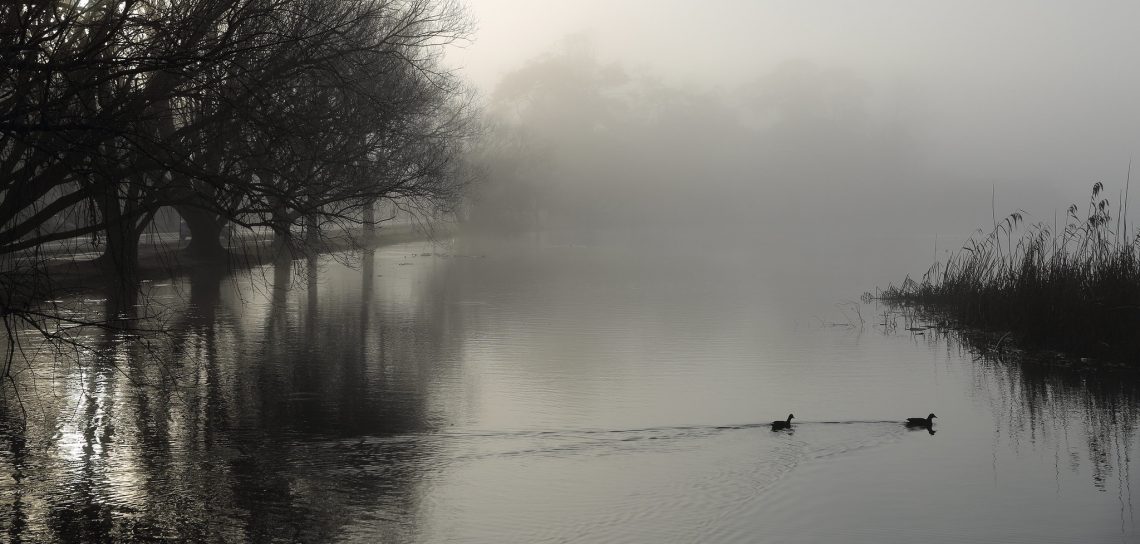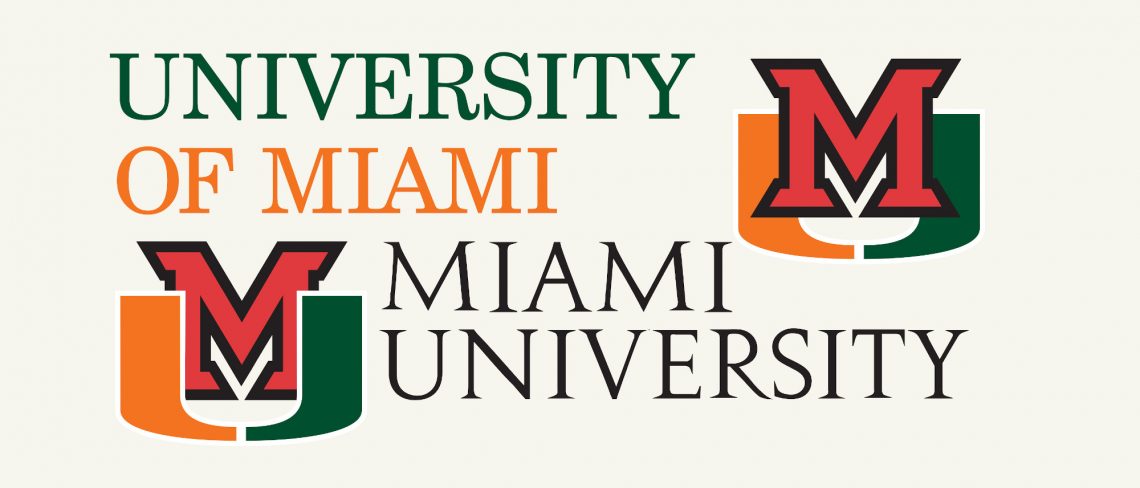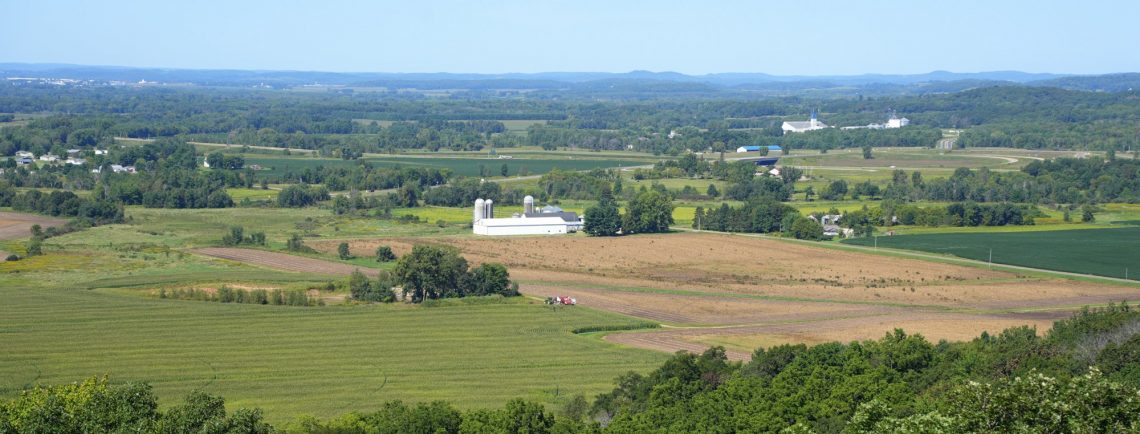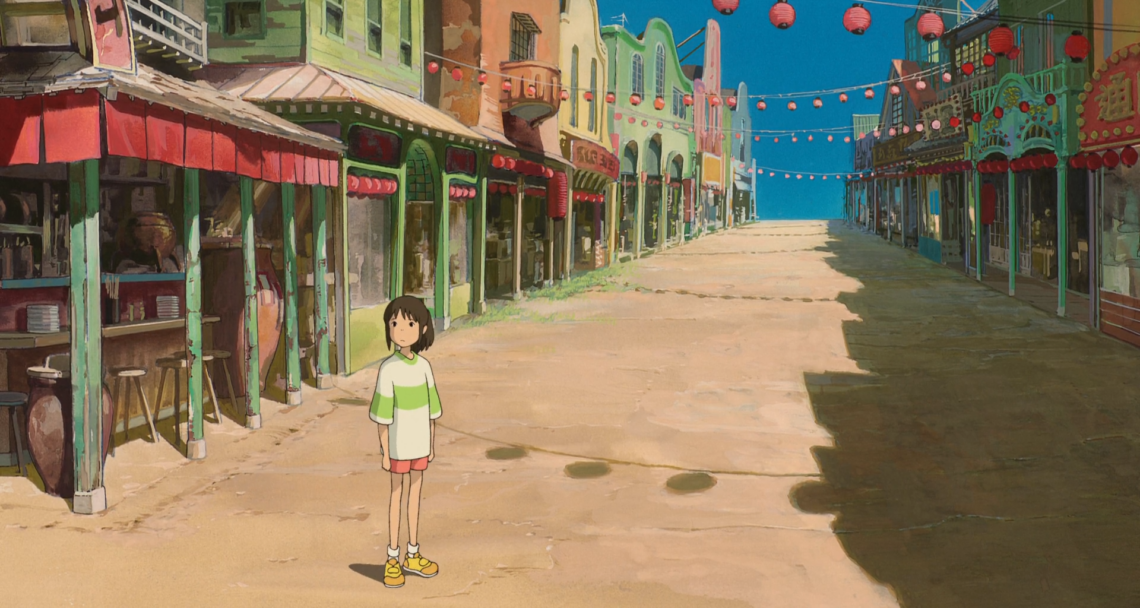I eventually discovered that coots aren’t ducks at all. They just blend in the way a toupee blends in—convincing from a distance, questionable up close. Ducks belong to the Anatidae family, while coots are in the Rallidae family, which means they are technically rails. In a genealogical sense, they’re more closely related to cranes than to mallards. But try telling that to a coot surrounded by actual ducks.
-
-
Happy Public Domain Day, 2025
Happy New Year's Day, readers — and Happy Public Domain Day. Every January 1st, we get to celebrate not only the greatest day of college football but also the greatest day for release from copyright of great works of literature, music, art, and other previously copyrighted material — at least in the United States.
-
Miami Miami
You are sitting on the couch watching football some Saturday afternoon. Maybe it’s halftime of your home state's annual Civil War game. Maybe two top ten teams are warming up for kickoff. Or you are just flipping channels looking for a close contest. But as score updates scroll along the bottom of the screen, one stands out: Miami University. "Wait, Miami University of … Ohio? Why is there a Miami University in the State of Ohio? Isn’t Miami in Florida?"
-
Interstate Rest Stops for Those in the Slow Lane
Even if you don’t have kids in tow, dropping out of the interstate fast lane for a few minutes certainly can’t hurt. Reduce the blurring effect of modern transportation. Ignite your curiosity. And experience what Ray Bradbury called the “pores of life” instead — its finer features, texture, and details.
-
Ten Films from Faёrie for Young and Old Alike
The definition of a fairy-story—what it is, or what it should be—does not, then, depend on any definition or historical account of elf or fairy, but upon the nature of Faërie: the Perilous Realm itself, and the air that blows in that country. I will not attempt to define that, nor to describe it directly. It cannot be done. Faërie cannot be caught in a net of words; for it is one of its qualities to be indescribable, though not imperceptible.




